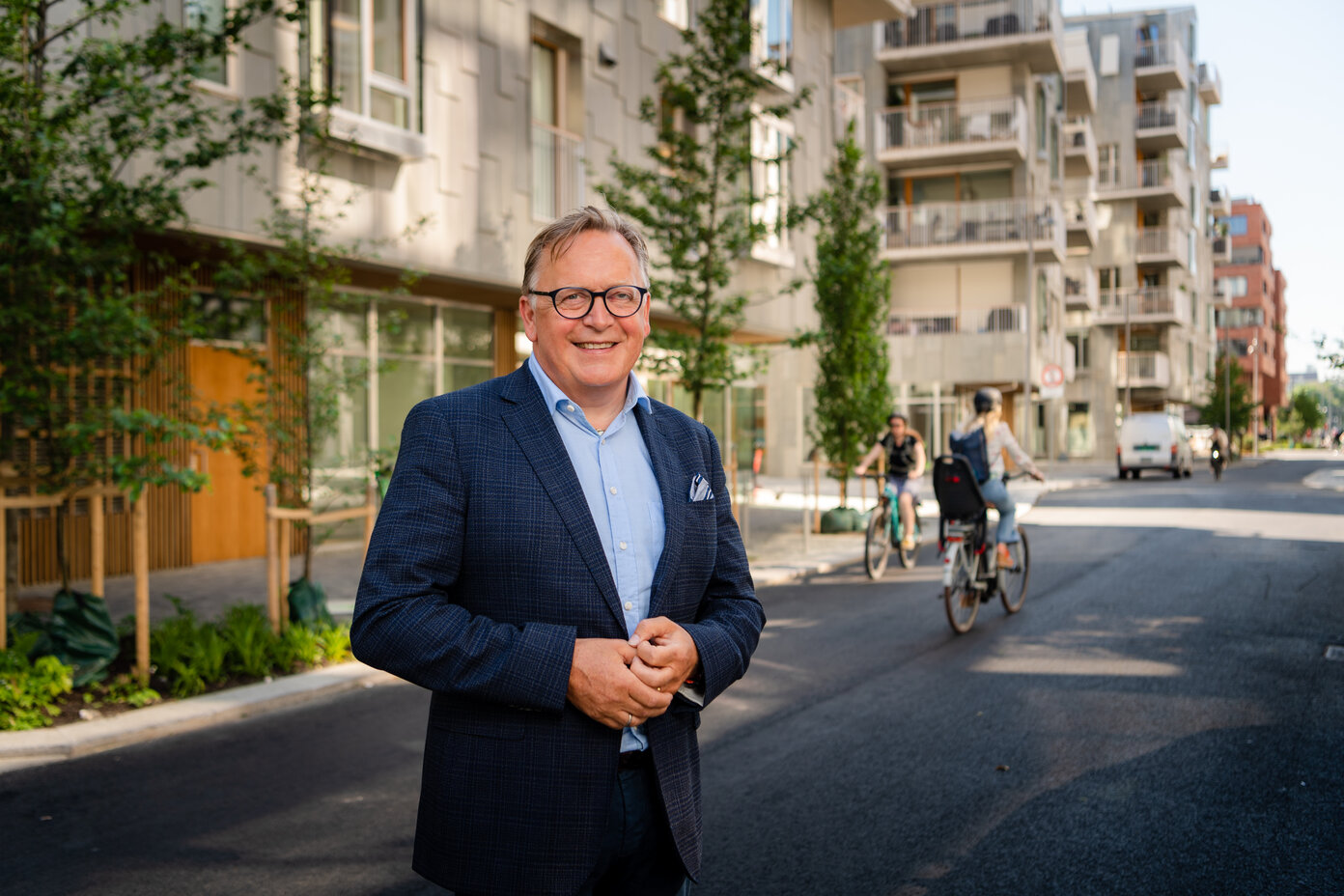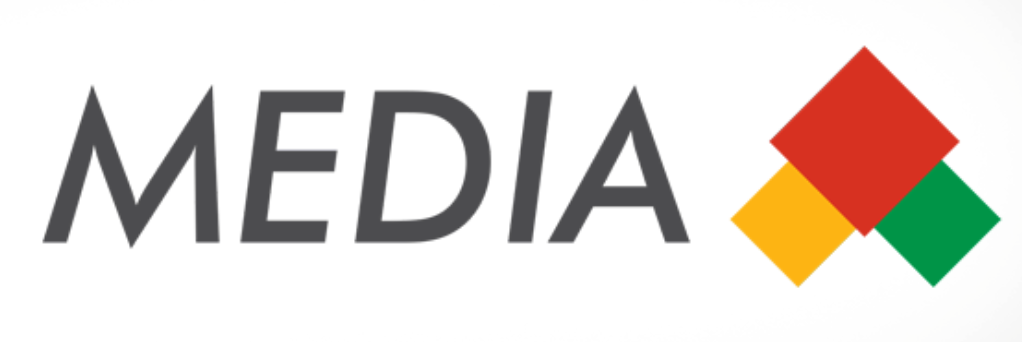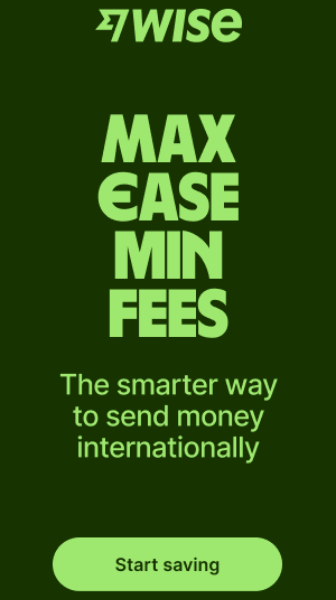Norway’s Real Estate Market is entering a new phase. Alongside traditional brokerage networks, a growing number of digital platforms promise faster sales and lower fees. Yet experts warn that it’s not algorithms but experienced agents who still determine how high a Budrunde — the Norwegian bidding round — can go.
Norway’s property brokerage industry has undergone a quiet but profound transformation. Traditional networks such as DNB Eiendom, PrivatMegleren, EIE Eiendomsmegling, EiendomsMegler 1, Eiendomsmegler Sem & Johnsen, Frem Eiendomsmegling, Eiendomsmegler Krogsveen, Aktiv Eiendomsmegling, Nordvik and Partners now compete with a new generation of digital brokers — the so-called NETTMEGLERE — offering simplified, low-cost sales processes.
Read Also: GET A RIGHT COVERED NOT JUST PRICE MATCH | HOW TO FIND THE BEST INSURANCE QUOTES IN NORWAY?
Platforms like Propr and Himla Eiendomsmegling allow sellers to order photography, prepare listings, and market their homes on the bigest local marketplace platform FINN.no without ever setting foot in an office.
According to data from Eiendom Norge, the share of digital transactions is growing steadily, though as of 2024, over 80 percent of sales were still handled by licensed physical offices. The main reason is simple: local knowledge. Understanding micro-markets, neighborhood dynamics, and buyer behavior remains difficult to automate — and crucial to securing the best possible price.
A Regulated Profession with Strong Safeguards
Real-Estate Brokerage in Norway is a regulated profession supervised by FINANSTILSYNET, the country’s Financial Supervisory Authority. All agencies must hold a valid license, and client funds are kept on protected escrow accounts (Klientkonto), adding a layer of financial security for both buyers and sellers.
Read Also: ESTATE VALUATION SERVICE IN NORWAY | EVALUATE YOUR PROPERTY WITH LOCAL REALTOR BROKERAGES
Since 2022, amendments to the AVHENDINGSLOVA (the Sale of Real Property Act) have strengthened disclosure obligations. Sellers must provide a detailed Tilstandsrapport — a certified technical condition report prepared by an independent surveyor. The change has enhanced market transparency and reduced post-sale disputes, while increasing the role of qualified brokers in guiding clients through compliance.
The Cost of Selling: Between Commission and Fixed-Price Packages
Fee structures vary widely. In traditional agencies, commissions typically range between 1 % and 3 % of the transaction value, in addition to fixed preparation fees (Tilretteleggingsgebyr) and marketing expenses for photos, video, 3D tours, and campaigns on FINN.no or social media.
For a property in Oslo priced at 6 million NOK, total transaction costs can easily exceed 100,000–120,000 NOK.
Digital brokers, on the other hand, offer fixed-price packages (Fastpris) ranging from 30,000 to 50,000 NOK, often requiring the seller to handle some parts of the process independently — such as documentation or photography coordination. Many homeowners therefore choose a hybrid model, combining local legal expertise with online marketing efficiency.
Budrunde: The Core of the Norwegian Sale
The Budrunde, Norway’s formal bidding round, remains the decisive phase of any sale. After public viewings (Visning), interested buyers submit offers — often via SMS — and the licensed broker manages the process under strict industry rules.
Read Also: CREDIT CARD IN NORWAY FOR EXPATS: 5 THINGS YOU NEED TO KNOW
This stage is where professional experience truly matters. Reaction speed, communication discipline, and the ability to read buyer psychology can translate into tens of thousands of kroner in the final sale price.
As Tor Einar Halvorsen of the Norwegian Real Estate Association (NEF) notes, “The closing price isn’t just about supply and demand — it’s about timing, confidence, and trust. A good broker knows exactly when the market has reached its peak.”
Regional Divergence and a Market of Cautious Optimism
After several years of stability, the Norwegian housing market shows moderate growth heading into 2025. EIENDOM NORGE reports that average square-meter prices in Oslo rose by 4.6 percent in the first half of the year, while Bergen remained flat and Trondheim saw a mild decline of 1.2 percent. Smaller cities such as Fredrikstad and Kristiansand are experiencing higher demand driven by internal migration and rising rental costs.
Read Also: HOW TO FILE A COMPLAINT REGARDING A CAR PURCHASE IN NORWAY?
This cautious optimism benefits sellers but also demands professionalism. An overly ambitious asking price (Prisantydning) can lead to stagnation and reduced visibility on FINN.no, while setting it too low risks disappointment if the BUDRUNDE fails to lift it to market level.
The Brokerage Choice: A Financial Decision, Not a Logo Contest
Choosing an Real Estate Agent in Norway — EIENDOMSMEGLER is as much a financial decision as it is a personal one. Experts advise inviting two to three agencies — including at least one local office and one digital broker — to provide valuations and marketing plans. Comparing strategies, costs, and personal rapport is key to understanding which approach best fits a given property.
“The process is emotional but requires discipline”, says Halvorsen. “A skilled broker combines market analysis with intuition — and knows exactly when to accept the final offer.”
Local tradition and digital innovation
Norway’s Property Market stands at a crossroads between tradition and digital innovation. Digital brokers are democratising access and reducing fees, but local expertise, transparency, and the personal credibility of licensed agents remain the real drivers of value.
Read Also: HOW NORWAY’S OCCUPATIONAL HEALTH SERVICES (BHT) GAIN STRONGER ROLE IN HSE SYSTEM
In a country where residential property represents over half of household wealth, selecting the right intermediary is no longer a formality — it is one of the most significant financial choices a Norwegian homeowner will make.




